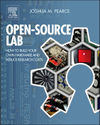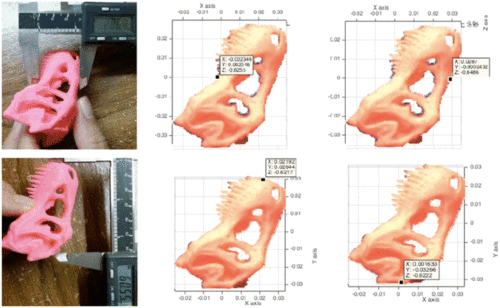Factors effecting real-time optical monitoring of fused filament 3D printing

|
By Michigan Tech's Open Sustainability Technology Lab.
Wanted: Students to make a distributed future with solar-powered open-source RepRap 3-D printing and recyclebot recycling. |

|
| This page is part of an international project hosted by MOST to use RepRap 3-D printing to make OSAT for sustainable development. Learn more.
Research: Open source 3-D printing of OSAT • RecycleBot • LCA of home recycling • Green Distributed Recycling • Ethical Filament • LCA of distributed manufacturing • RepRap LCA Energy and CO2 • Solar-powered RepRaps • solar powered recyclebot • Feasibility hub • Mechanical testing • Lessons learned • MOST RepRap Build Make me: Want to build a MOST RepRap? - Start here! • Delta Build Overview:MOST • Athena Build Overview • MOST metal 3-D printer • Humanitarian Crisis Response 3-D Printer |
Contents
Source
- Nuchitprasitchai, S., Roggemann, M. & Pearce, J.M. Factors effecting real-time optical monitoring of fused filament 3D printing. Progress in Additive Manufacturing. 2(3), pp 133–149 (2017). doi:10.1007/s40964-017-0027-x open access
- Open source code for Matlab https://osf.io/hwdzm/
Abstract
This study analyzes a low-cost reliable real-time optical monitoring platform for fused filament fabrication-based open source 3D printing. An algorithm for reconstructing 3D images from overlapping 2D intensity measurements with relaxed camera positioning requirements is compared with a single-camera solution for single-side 3D printing monitoring. The algorithms are tested for different 3D object geometries and filament colors. The results showed that both of the algorithms with a single- and double-camera system were effective at detecting a clogged nozzle, incomplete project, or loss of filament for a wide range of 3D object geometries and filament colors. The combined approach was the most effective and achieves 100% detection rate for failures. The combined method analyzed here has a better detection rate and a lower cost compared to previous methods. In addition, this method is generalizable to a wide range of 3D printer geometries, which enables further deployment of desktop 3D printing as wasted print time and filament are reduced, thereby improving the economic advantages of distributed manufacturing.
Keywords
Real-time monitoring, 3D printing, Optical monitoring, RepRap, Open hardware, Quality assurance
See Also
Videos:
- Mechanical Properties of Components Fabricated with Open-Source 3-D Printers Under Realistic Environmental Conditions
- The Effects of PLA Color on Material Properties of 3-D Printed Components
- Viability of Distributed Manufacturing of Bicycle Components with 3-D Printing: CEN Standardized Polylactic Acid Pedal Testing
- Applications of RepRap distributed production - literature review
- Improved model and experimental validation of deformation in fused filament fabrication of polylactic acid
